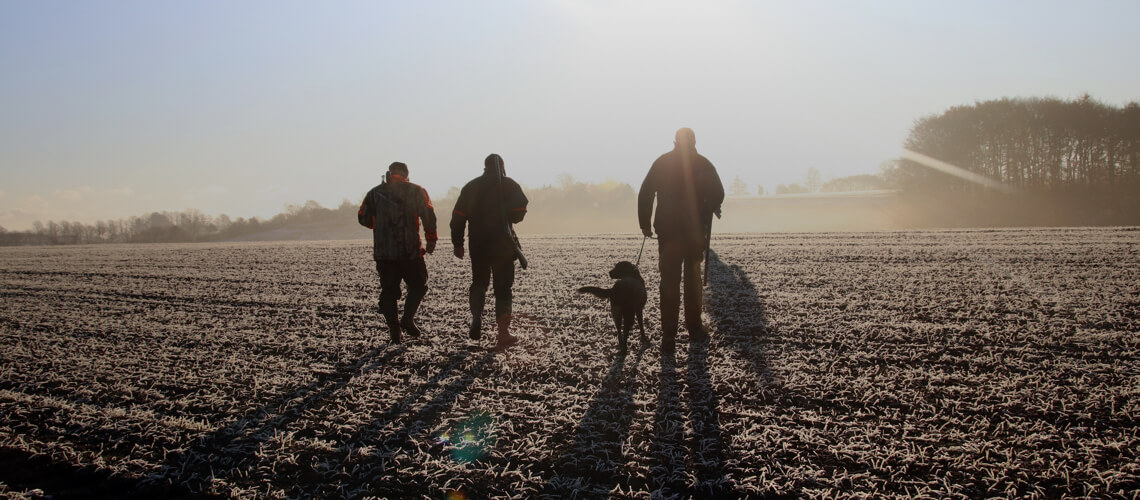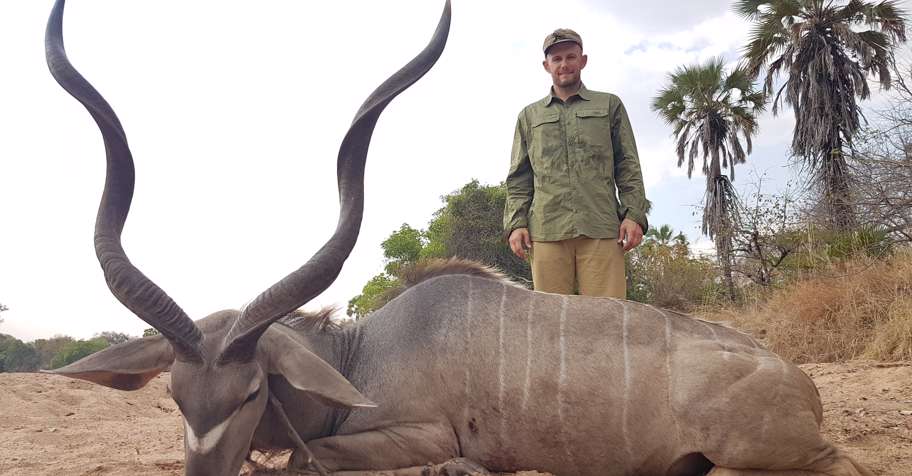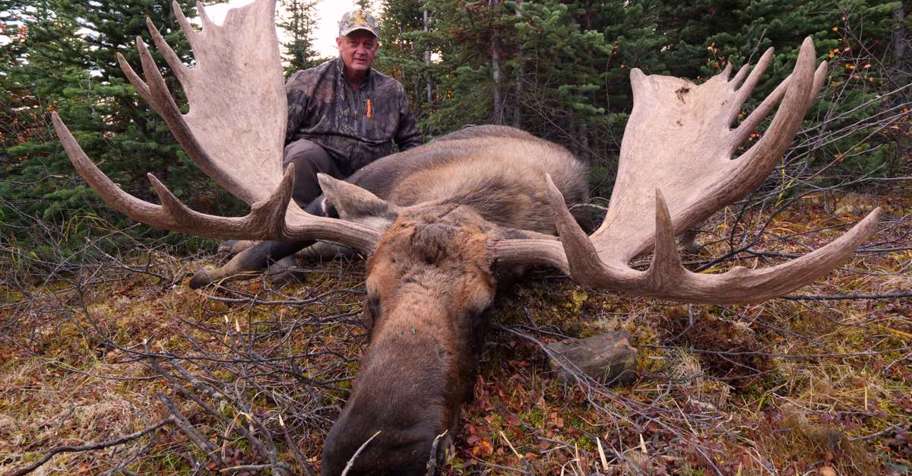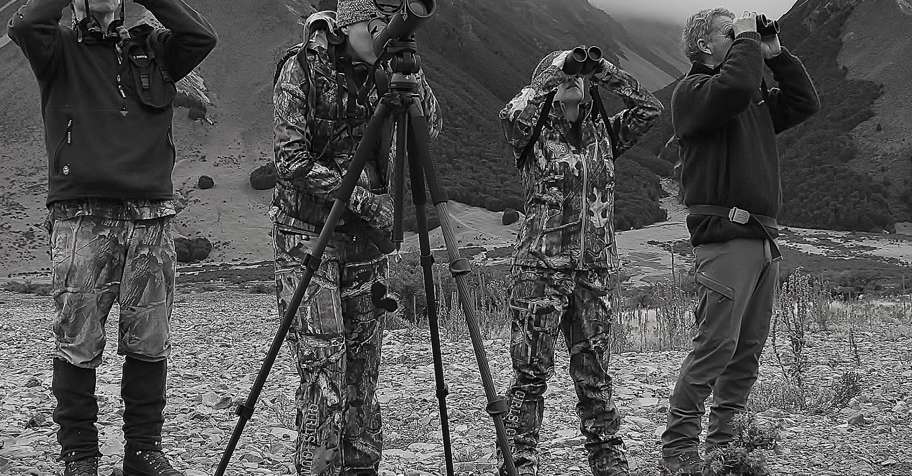
2521
hunting trips
$110
starting from
590
outfitters
327
animals
About Stalking
Stalking is generally considered the ultimate and the most sporting type of big-game hunting. It is as essential as it gets. The animal does not come to you because of hunger, thirst or urge to reproduce. It is not pushed to you by drivers, the dogs don't distract the animal's attention, and your scent is not carried over its nostrils by your position on a high seat. It's only you and your prey: your knowledge and skills of coming into range against the animal's five senses and ability to detect danger, fine-tuned by millennia of natural selection.
Game classification
Animals
Top hunts
New Zealand meat hunt
Otago, New Zealand
Fallow deer
Stalking, Bow Hunting, Management Hunt, Meat Hunt, Rifle Hunting
Season: Jan 1, 24 - Dec 20, 25
Price from
$800
for 1 day, 1 hunter, 1 guest
Instant booking

Stalking
Interested in Stalking trips?
Create a subscription to get offers right to your inbox
You might also like
Explore hunting
trips worldwide
trips worldwide
Direct offers from outfitters
with no booking fees
with no booking fees
Verified reviews
from other hunters
from other hunters


